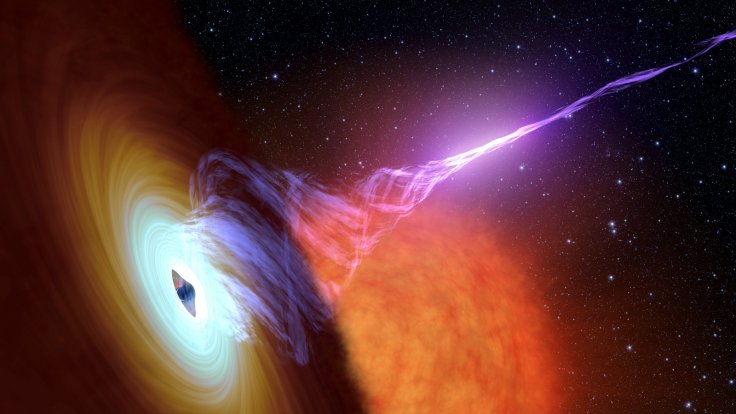
Black holes are one of the most mysterious entities in the universe and it was only a few months back that humans succeeded in capturing the first-ever image of one of these dark bodies. Black holes are known for devouring anything and everything that falls in its clutches, and now, a supermassive black hole in the centre of Milky Way has started consuming unusual amounts of stellar materials.
The new discovery was made by researchers in US and this killing spree has literally stunned experts, as they have never witnessed anything quite like it before.
"We have never seen anything like this in the 24 years we have studied the supermassive black hole. It's usually a pretty quiet, wimpy black hole on a diet. We don't know what is driving this big feast," said Andrea Ghez, a professor at the University of California, Los Angeles(UCLA), Science Daily reports.
The study report published in the journal Astrophysical Journal Letters reveals that the discovery was made with the help of observations made by the Keck Observatory in Hawaii. During the study, researchers noted bright flashes in near-infrared coming from the black hole Sagittarius A which is located at the centre of Milky Way.
The observations began in 2003, and on May 13, 2019, the event horizon of this black hole became intensely bright which indicated that Sagittarius A is in a devouring spree. It should be noted that the peak in the brightness of a black hole is associated with the materials falling into it.
"The big question is whether the black hole is entering a new phase – for example, if the spigot has been turned up and the rate of gas falling down the black hole 'drain' has increased for an extended period – or whether we have just seen the fireworks from a few unusual blobs of gas falling in," said Mark Morris, a professor at UCLA.
Scientists are now planning to learn more about the increasing appetite of Sagittarius A. Fortunately, this black hole is located 26,000 light-years away, and the chances of this dark entity devouring the solar system is very unlikely.









